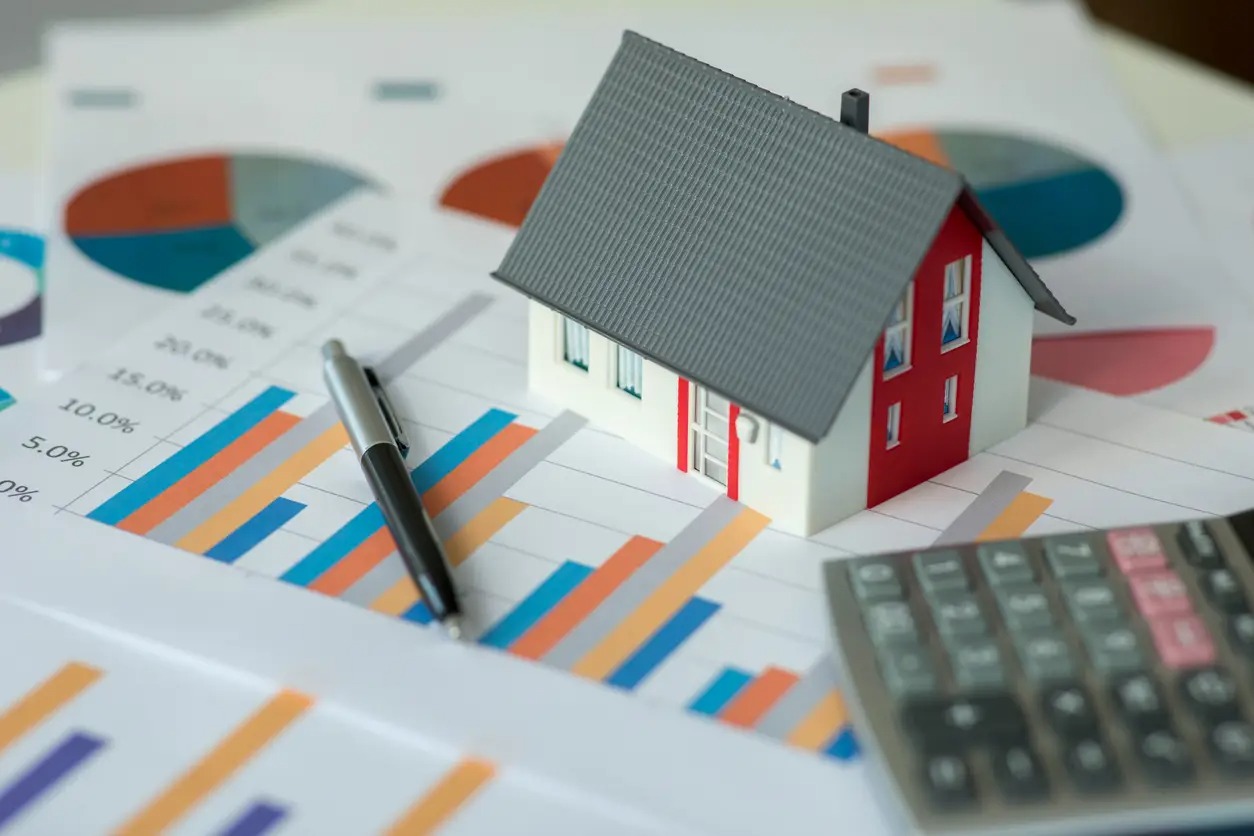As a rental property owner, understanding depreciation strategies can significantly impact your bottom line. You might not realize how much tax savings you can achieve through various methods. From the Straight-Line Method to Bonus Depreciation, each approach offers unique advantages. But how do you choose the right one for your situation? Exploring these strategies further could unlock opportunities for improved cash flow and profitability.
Understanding Personal Property in Rental Business
Personal property plays a crucial role in the rental business, encompassing items that are movable and not permanently attached to a location. This includes tangible assets like appliances and furniture, as well as intangible items such as digital assets.
Understanding personal property depreciation is essential for maximizing your tax benefits. For 2024, you can take advantage of bonus depreciation, which allows you to deduct the full cost of eligible personal property in the year it’s placed in service.
Additionally, section 179 deduction 2024 permits immediate expensing of qualifying property, but be mindful of annual limits. By effectively categorizing your personal property, you can significantly enhance your tax strategy and overall profitability in the rental business.
Importance of Depreciation for Tax Savings
While it might seem like a minor detail, understanding depreciation is vital for maximizing your tax savings as a rental property owner.
Depreciation allows you to deduct the cost of your property over its useful life, reducing your taxable income and, ultimately, your tax bill. It’s a powerful tool that can turn significant expenses into manageable deductions, providing immediate financial relief.
By accurately tracking and categorizing your assets, you ensure you’re taking full advantage of available deductions. Utilizing methods like bonus depreciation or Section 179 expensing can further enhance your tax benefits.
In short, grasping depreciation isn’t just about compliance; it’s about strategically managing your finances for greater profitability in your rental business.
Methods of Depreciating Personal Property
Depreciating personal property is essential for rental property owners looking to maximize their tax benefits.
You can choose between two main methods: the Straight-Line Method and the Double-Declining Balance Method.
With the Straight-Line Method, you’ll deduct an equal amount each year over the asset’s useful life, making budgeting straightforward. For example, if you buy a truck for $30,000 with a 5-year lifespan, you’ll deduct $5,400 annually.
Alternatively, the Double-Declining Balance Method allows for accelerated deductions by applying double the straight-line rate to the asset’s book value. In the same example, your first-year deduction could be $12,000, offering immediate tax relief.
Understanding these methods helps you make informed decisions and optimize your tax strategy effectively.
Bonus Depreciation 2024 and Section 179 Expensing
When it comes to maximizing your tax benefits, understanding the nuances of Bonus Depreciation and Section 179 Expensing can make a significant difference for rental property owners.
Bonus Depreciation allows you to deduct the full cost of qualifying personal property in the year you place it into service, providing substantial upfront tax relief. However, keep in mind that this benefit is phasing out, dropping to 60% in 2024.
On the other hand, Section 179 Expensing lets you deduct the full cost of eligible property in the first year, but it comes with annual dollar limits. While Bonus Depreciation applies to both new and used property, Section 179 traditionally applies only to new acquisitions.
Safe Harbor Deductions for Simplified Tax Reporting
How can Safe Harbor Deductions simplify your tax reporting as a rental property owner?
These deductions allow you to claim specific expenses without the need for detailed calculations or extensive record-keeping. You can deduct up to $2,500 per item for qualifying expenses, which streamlines your tax process significantly.
Instead of tracking every single receipt and depreciation schedule, you can opt for this simplified method to ease your reporting burden. It’s particularly useful for small repairs and maintenance costs, letting you focus on managing your property rather than paperwork.
Record Keeping for Depreciation Calculations
Maintaining accurate records is crucial for ensuring you calculate depreciation correctly on your rental property.
Start by keeping detailed documentation of all asset purchases, including receipts and invoices. Organize these records by year and category, making it easier to reference them during tax season.
Track the acquisition costs, date placed in service, and any improvements made to each asset. This information is vital for determining depreciation methods and calculating deductions.
Regularly updating your records helps prevent errors and supports any claims you make if audited.
Utilize accounting software or spreadsheets to streamline this process. By staying organized, you can maximize your tax benefits and simplify your overall record-keeping efforts.
Evaluating Cost-Segregation Opportunities
Have you considered the benefits of cost segregation for your rental property? This strategy allows you to identify and separate personal property components from the building itself, enabling accelerated depreciation.
By breaking down costs related to items like appliances, carpeting, or landscaping, you can significantly reduce taxable income.
Start by evaluating your property’s assets and their respective components, which can lead to immediate tax benefits through bonus depreciation or Section 179 expensing.
Consult a cost-segregation expert who can help you analyze your property and maximize deductions.
With the Tax Cuts and Jobs Act’s incentives, now’s the time to act. Don’t miss out on potential savings that could enhance your cash flow and investment returns.
Conclusion
Incorporating effective depreciation strategies can significantly boost your rental property’s profitability. By understanding personal property and utilizing methods like the Straight-Line or Double-Declining Balance, you can optimize your tax savings. Don’t overlook Bonus Depreciation and Section 179 expensing for substantial first-year deductions. Simplifying your tax reporting with Safe Harbor deductions and maintaining organized records will make the process smoother. Evaluate cost-segregation opportunities to further enhance your financial management. Start implementing these strategies today and watch your cash flow improve!


